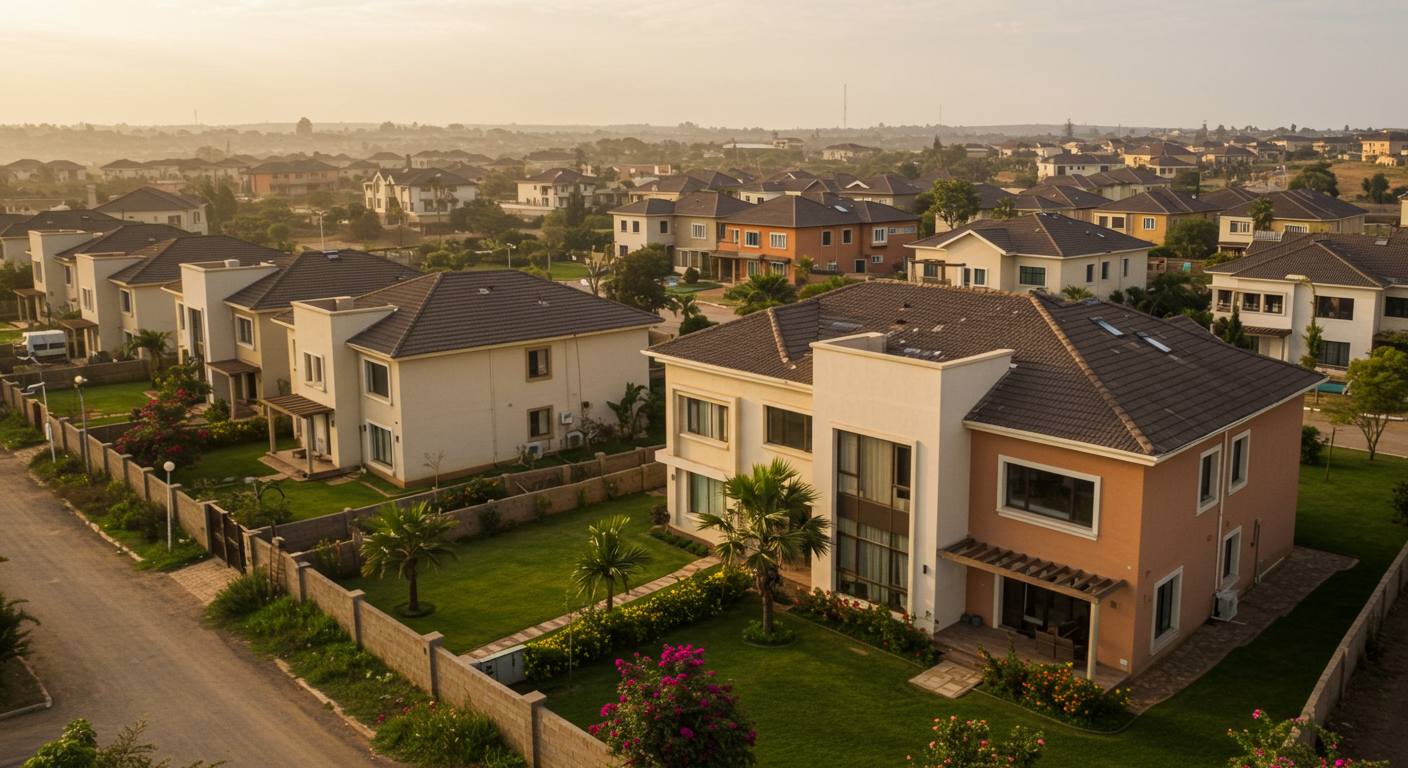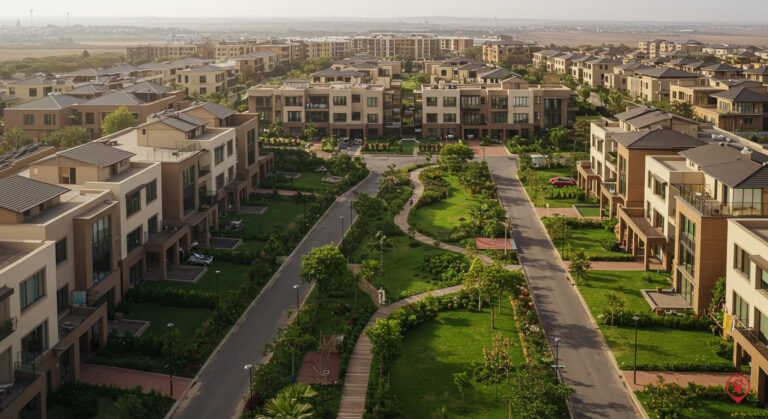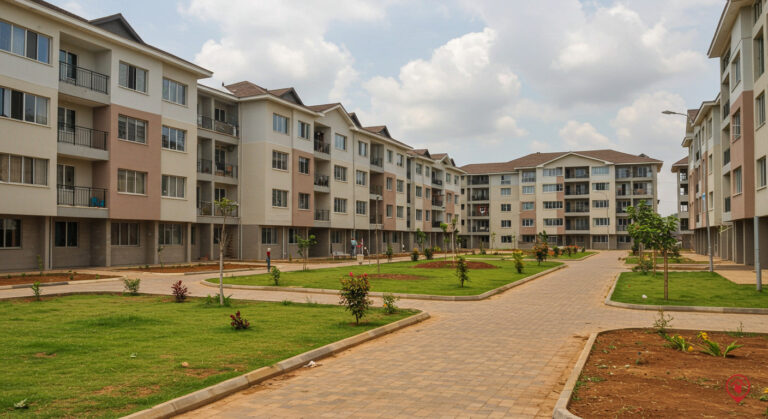Mortgage Uptake in Kenya: Why It’s Still Low and What Can Be Done
- Mortgages offer a way to own a home now and pay for it over time.
- Despite the clear benefits, mortgage uptake in Kenya is still incredibly low. By the end of 2023, there were only about 30,015 active mortgage accounts in the entire country.
- The government has the power to unlock homeownership for millions through policy.
- Mortgages aren’t just for the wealthy, they’re a gateway to stability, dignity, and generational wealth for ordinary Kenyans too
You’ve finally reached that stage in life where settling down feels like the natural next step. A place to call home. Somewhere to build memories, raise a family, and finally enjoy the comfort of stability. Naturally, the dream is to own that space, your own home, your own roof.
But then reality kicks in. You check your savings and realise that buying a house upfront might take years of saving, sacrificing, and waiting. So what options are out there for someone who’s ready to own a home but doesn’t have millions lying around?
That’s where mortgages come in.
Mortgages offer a way to own a home now and pay for it over time. In theory, this sounds like the perfect solution. But here’s the catch, very few Kenyans are actually taking up mortgage options.
READ ALSO: Kenya’s Mortgage Market: Challenges and Opportunities
So, Why Aren’t More Kenyans Taking Up Mortgages?
Despite the clear benefits, mortgage uptake in Kenya is still incredibly low. By the end of 2023, there were only about 30,015 active mortgage accounts in the entire country. That’s out of a population of over 50 million people. To put it into perspective, less than 0.12% of working adults in Kenya have a mortgage.
What’s keeping the numbers so low?
High Interest Rates
In Kenya, mortgage interest rates are among the highest in the region. In 2023, the average rate hovered around 14.3%, with some banks offering rates as high as 18.6%. For most people, these rates make monthly repayments unaffordable, pushing many would-be homeowners to continue renting instead.
Low Income Levels
Most Kenyans earn less than KSh 50,000 per month. With that income, qualifying for a home loan, let alone comfortably repaying it, is a major challenge. Many banks require proof of a steady income and a debt-to-income ratio that most people simply cannot meet.
Expensive Property Prices
Property prices in Kenya, especially in urban and growing suburban areas, are far from friendly for the average earner. With the average mortgage loan size sitting at about KSh 9.4 million, it’s clear that many available properties are well beyond what most Kenyans can afford.
Hidden Costs
On top of the loan amount and interest, homebuyers also face additional expenses such as legal fees, valuation charges, stamp duty, and insurance. These hidden costs can add 10% or more to the total property cost, creating another barrier to entry for many potential homeowners.
Lack of Awareness and Financial Literacy
Many people don’t fully understand how mortgages work or how to approach the process. There’s also fear—of debt, of default, and of losing property to the bank. Without financial education and guidance, many shy away from exploring mortgage options altogether.
So, What Can Be Done?
It’s not all bleak, there are practical steps that can help change the narrative around mortgages in Kenya.
Lower Interest Rates
Reducing mortgage rates would significantly ease the burden on borrowers. More affordable rates mean lower monthly repayments, which would make homeownership a viable option for a larger segment of the population.
More Affordable Housing
Developers and the government must prioritise building homes that are actually affordable for low- and middle-income earners. Most developments currently cater to high-income earners, leaving out the majority of Kenyans who also aspire to own homes.
Simplifying the Mortgage Process
Many potential homeowners are put off by the complicated and bureaucratic process of applying for a mortgage. Simplifying the process, making requirements clearer, and digitising parts of the journey can make mortgages feel more accessible.
Public Education and Financial Literacy
Increasing awareness about how mortgages work, what to expect, and how to manage the process can empower more Kenyans to make informed decisions. Financial literacy should be a national priority, not just for mortgages, but for overall economic empowerment.
Government Support and Incentives
The government has the power to unlock homeownership for millions through policy. From tax incentives for first-time buyers to subsidised loans and affordable housing programs, public support can close the gap between aspiration and reality.
READ ALSO: Mortgage Application Process in Kenya: Step-by-Step Guide
Final Thoughts
Mortgages aren’t just for the wealthy, they’re a gateway to stability, dignity, and generational wealth for ordinary Kenyans too. But unless we address the core challenges, this gateway will remain closed for many. With coordinated efforts between the government, financial institutions, developers, and the public, we can open the doors to homeownership for more people across the country.








